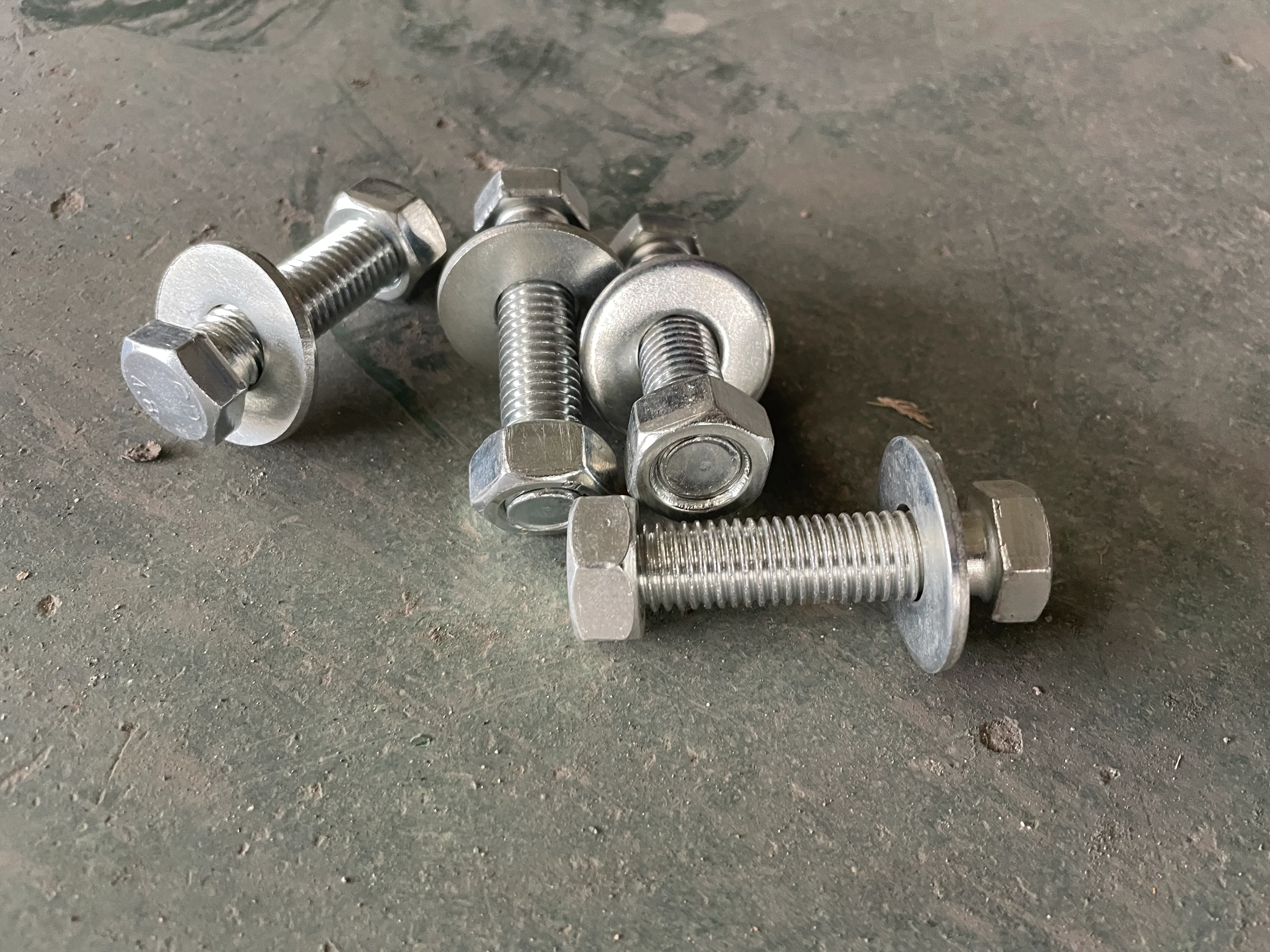loading...
- No. 9, Xingyuan South Street, Dongwaihuan Road, Zaoqiang County, Hengshui, Hebei, China
- admin@zjcomposites.com
- +86 15097380338
- Welcome to visit our website!
glass fiber reinforced polymer gfrp rebar
Glass Fiber Reinforced Polymer (GFRP) Rebar Revolutionizing Concrete Construction
The construction industry has continually sought materials that enhance strength, durability, and sustainability while minimizing overall weight and cost. Among the innovative solutions emerging in recent years, Glass Fiber Reinforced Polymer (GFRP) rebar stands out as a groundbreaking alternative to traditional steel reinforcement bars. GFRP rebar offers numerous advantages, addressing many of the challenges faced by civil engineers and contractors.
Understanding GFRP Rebar
GFRP rebar is composed of a polymer matrix reinforced with glass fibers, which provides it with exceptional tensile strength. The manufacturing process typically involves layering glass fibers in a resin matrix, which is then cured to create a lightweight, yet robust, material. This composite structure allows GFRP to withstand varying environmental conditions while maintaining its integrity over time.
Advantages of GFRP Rebar
1. Corrosion Resistance One of the most significant benefits of GFRP rebar is its inherent resistance to corrosion. Unlike steel, which can degrade when exposed to moisture and chemicals, GFRP remains unaffected by water, chloride ions, and other corrosive elements. This property is particularly advantageous in coastal and harsh environments, where salt exposure is prevalent. As a result, structures reinforced with GFRP can have extended lifespans and reduced maintenance costs.
2. Lightweight Nature GFRP rebar is considerably lighter than steel rebar, often weighing only one-fourth as much. This reduced weight simplifies handling, transportation, and installation processes, leading to decreased labor costs and improved efficiency on construction sites. Furthermore, the lightweight aspect allows for easier integration into precast concrete elements and reduces the overall dead load of structures.
3. High Tensile Strength GFRP rebar exhibits impressive tensile strength, making it an excellent choice for applications requiring considerable load-bearing capabilities. Its strength-to-weight ratio far exceeds that of steel, allowing for potentially thinner and lighter structural elements without sacrificing performance.
4. Non-Magnetic and Non-Conductive GFRP is a non-conductive material that does not interfere with electromagnetic fields, making it suitable for applications in sensitive environments, such as near radio and microwave equipment. Additionally, its non-magnetic properties are beneficial in medical facilities and in structures designed for security and surveillance.
glass fiber reinforced polymer gfrp rebar

Applications of GFRP Rebar
The versatility of GFRP rebar lends itself to a wide range of applications within the construction sector. It is increasingly being used in bridge construction, water treatment facilities, parking garages, marine structures, and even in high-rise buildings. Its resistance to corrosion makes it particularly suitable for structures exposed to harsh environments, such as those located near coastal zones or areas where de-icing salts are commonly used.
Moreover, GFRP is gaining popularity in the rehabilitation of existing structures. It can be effectively used to retrofit aging concrete elements, enhancing their strength and extending their service lives without the need for extensive and costly reconstruction.
Challenges and Future Directions
Despite its many advantages, GFRP rebar is not without challenges. The initial cost of GFRP is typically higher than that of traditional steel reinforcements. However, this upfront investment can be offset over time through reduced maintenance and longer service life. Additionally, the industry is working to enhance awareness and acceptance of GFRP's benefits.
As engineers and architects continue to explore innovative construction materials, the demand for GFRP rebar is expected to grow. Continued research and development in this area may lead to further advancements, including improved manufacturing techniques and reduced costs, making GFRP a more accessible option for a broader range of construction projects.
Conclusion
Glass Fiber Reinforced Polymer (GFRP) rebar represents a significant advancement in construction materials, offering numerous benefits over traditional steel reinforcement. Its corrosion resistance, lightweight nature, high tensile strength, and non-conductive properties position it as a valuable solution for modern infrastructure projects. As the construction industry evolves, the adoption of innovative materials like GFRP will be vital in creating sustainable, resilient, and cost-effective structures that meet the demands of a changing world.
-
The Rise of FRP Profiles: Strong, Lightweight, and Built to LastNewsJul.14,2025
-
SMC Panel Tanks: A Modern Water Storage Solution for All EnvironmentsNewsJul.14,2025
-
GRP Grating: A Modern Solution for Safe and Durable Access SystemsNewsJul.14,2025
-
Galvanized Steel Water Tanks: Durable, Reliable, and Ready for UseNewsJul.14,2025
-
FRP Mini Mesh Grating: The Safer, Smarter Flooring SolutionNewsJul.14,2025
-
Exploring FRP Vessels: Durable Solutions for Modern Fluid HandlingNewsJul.14,2025
-
GRP Structures: The Future of Lightweight, High-Performance EngineeringNewsJun.20,2025
